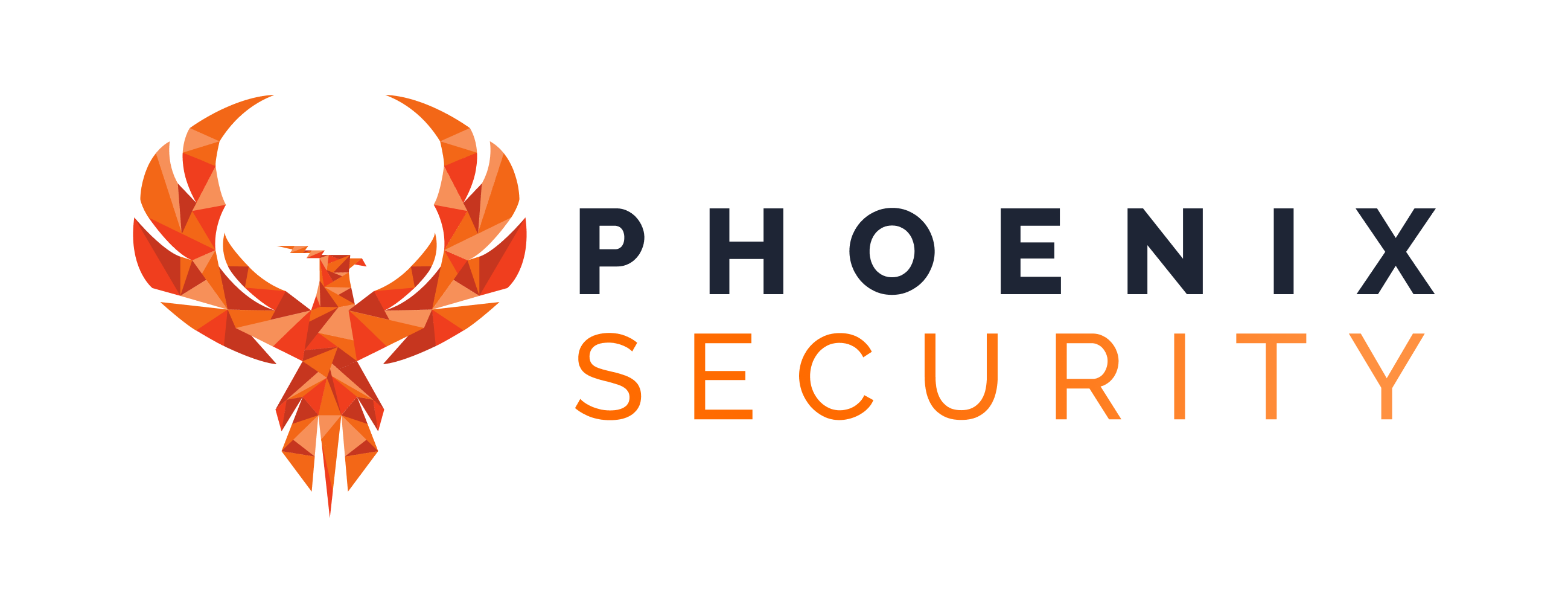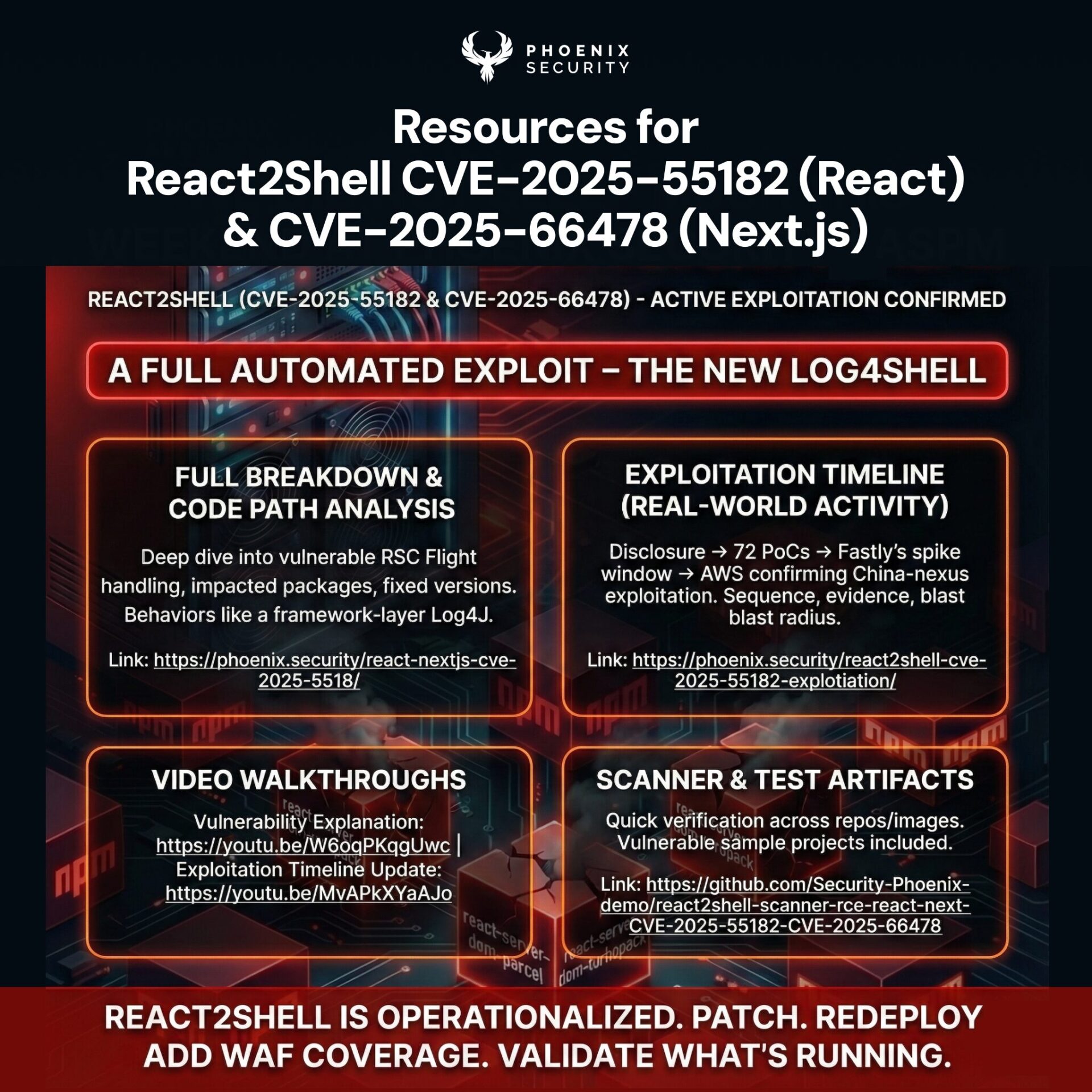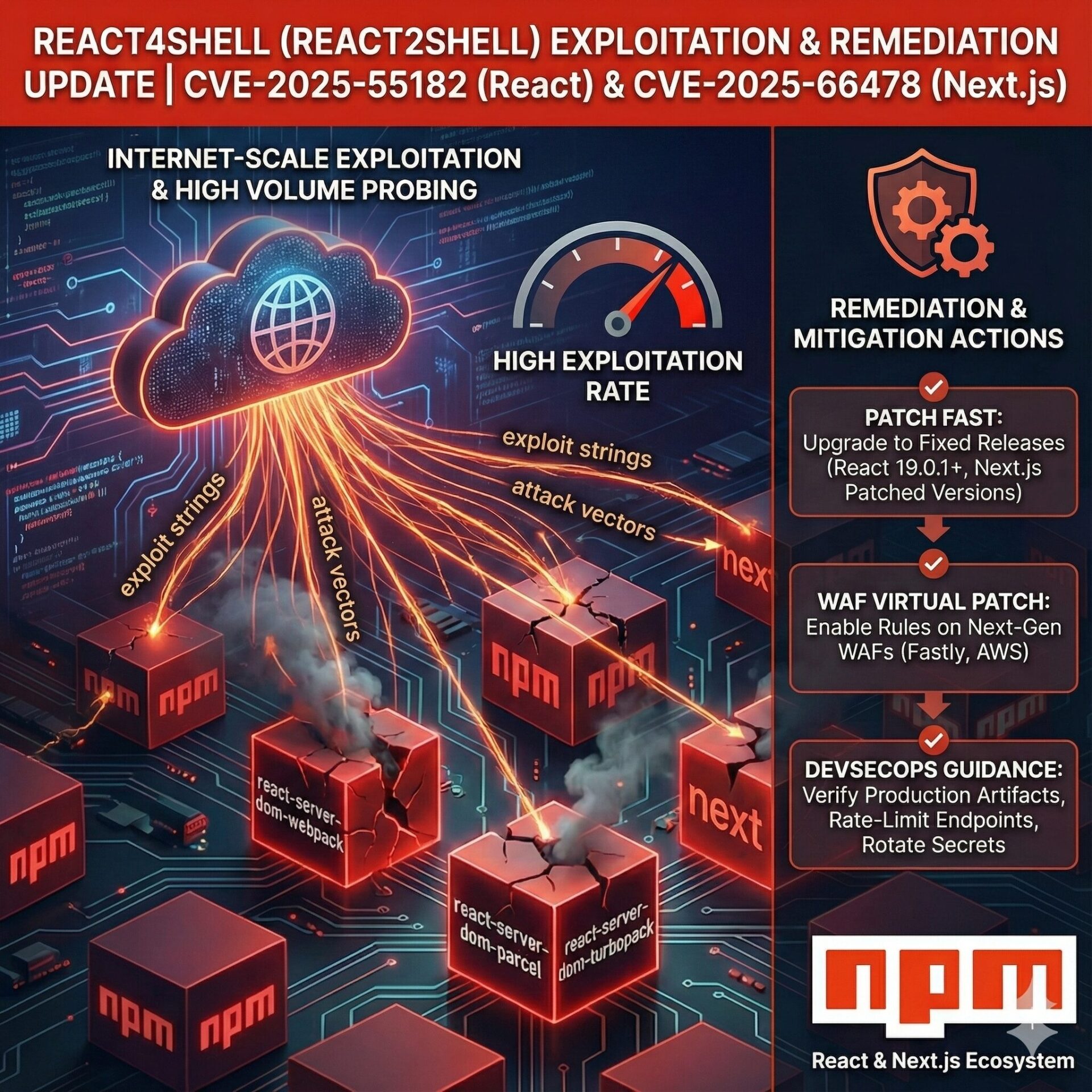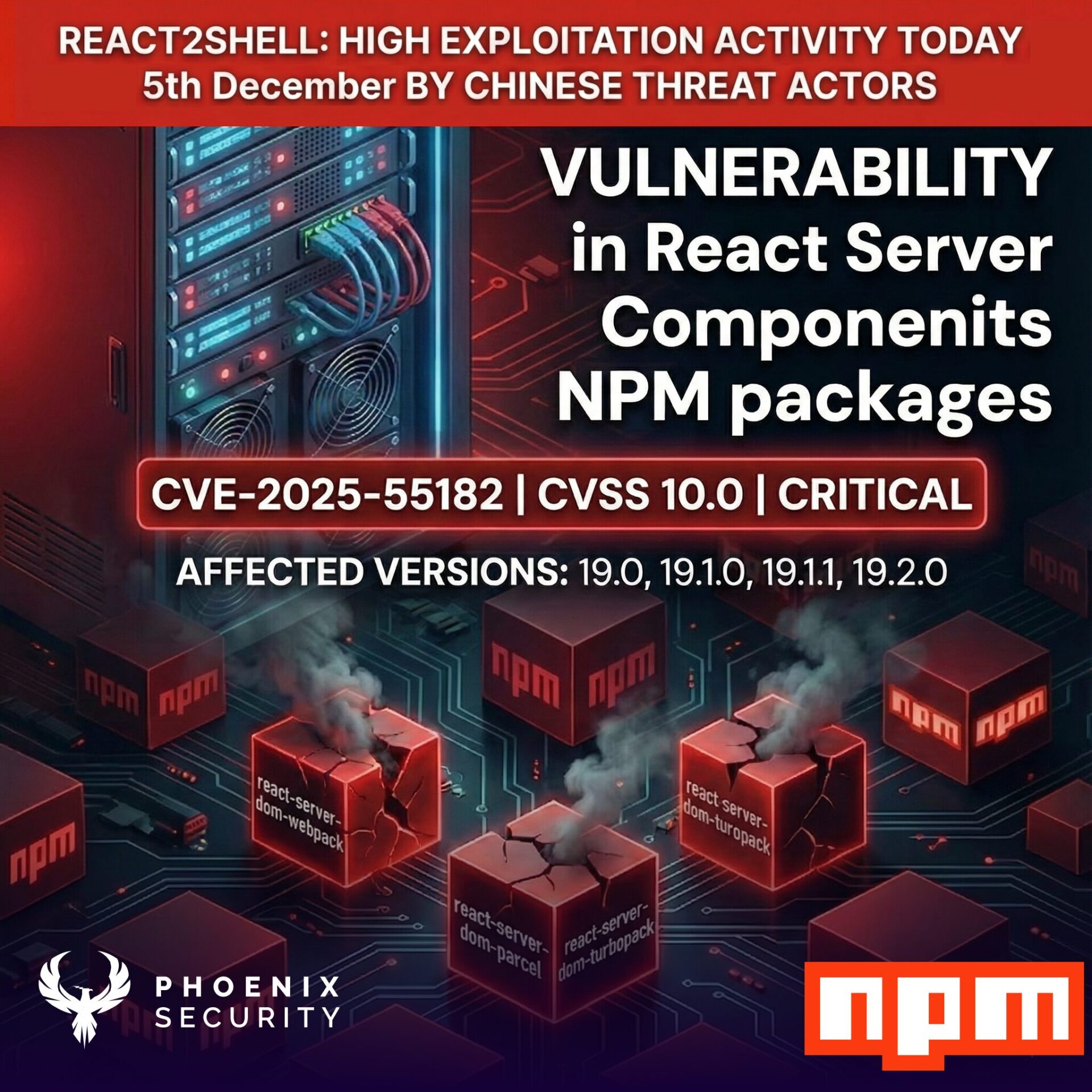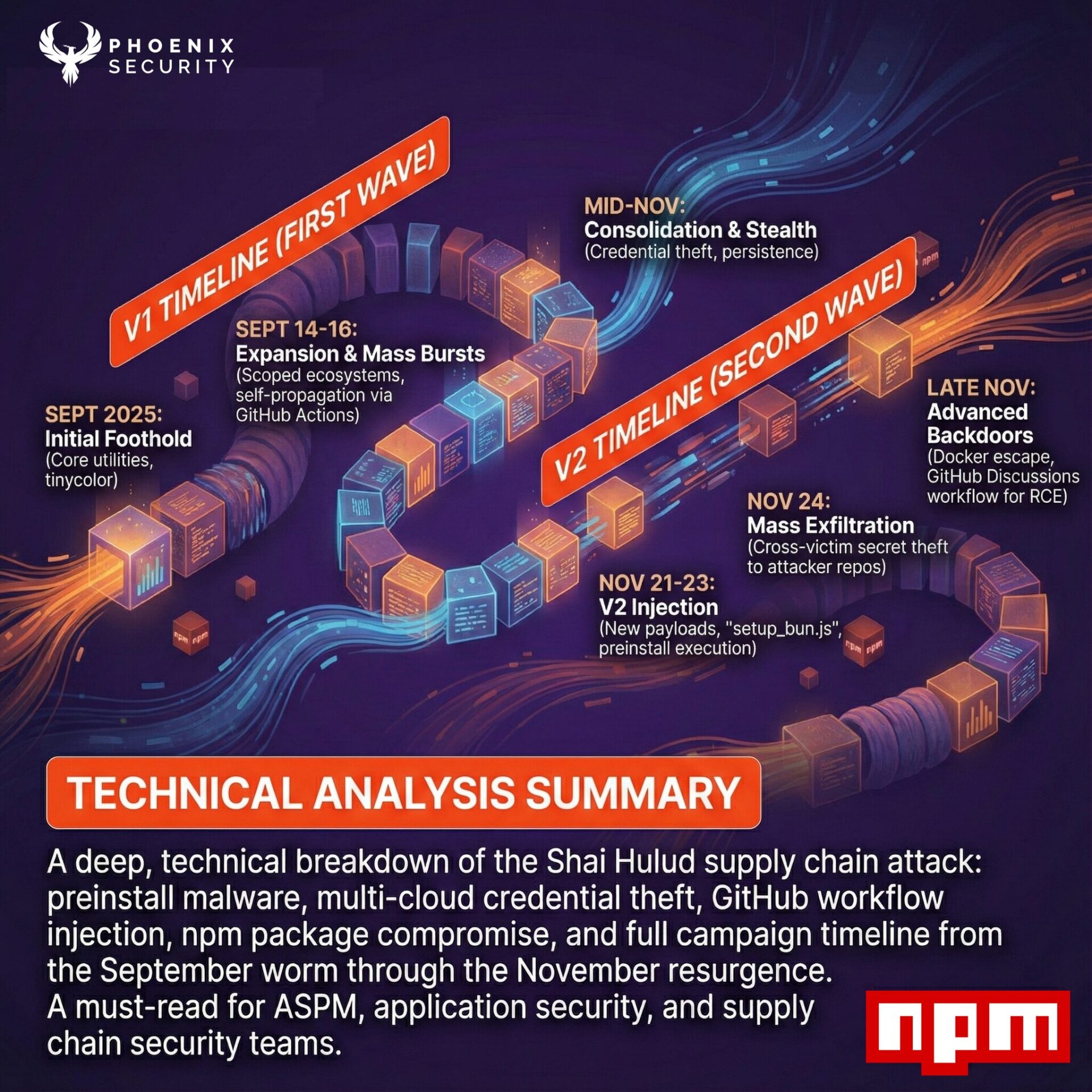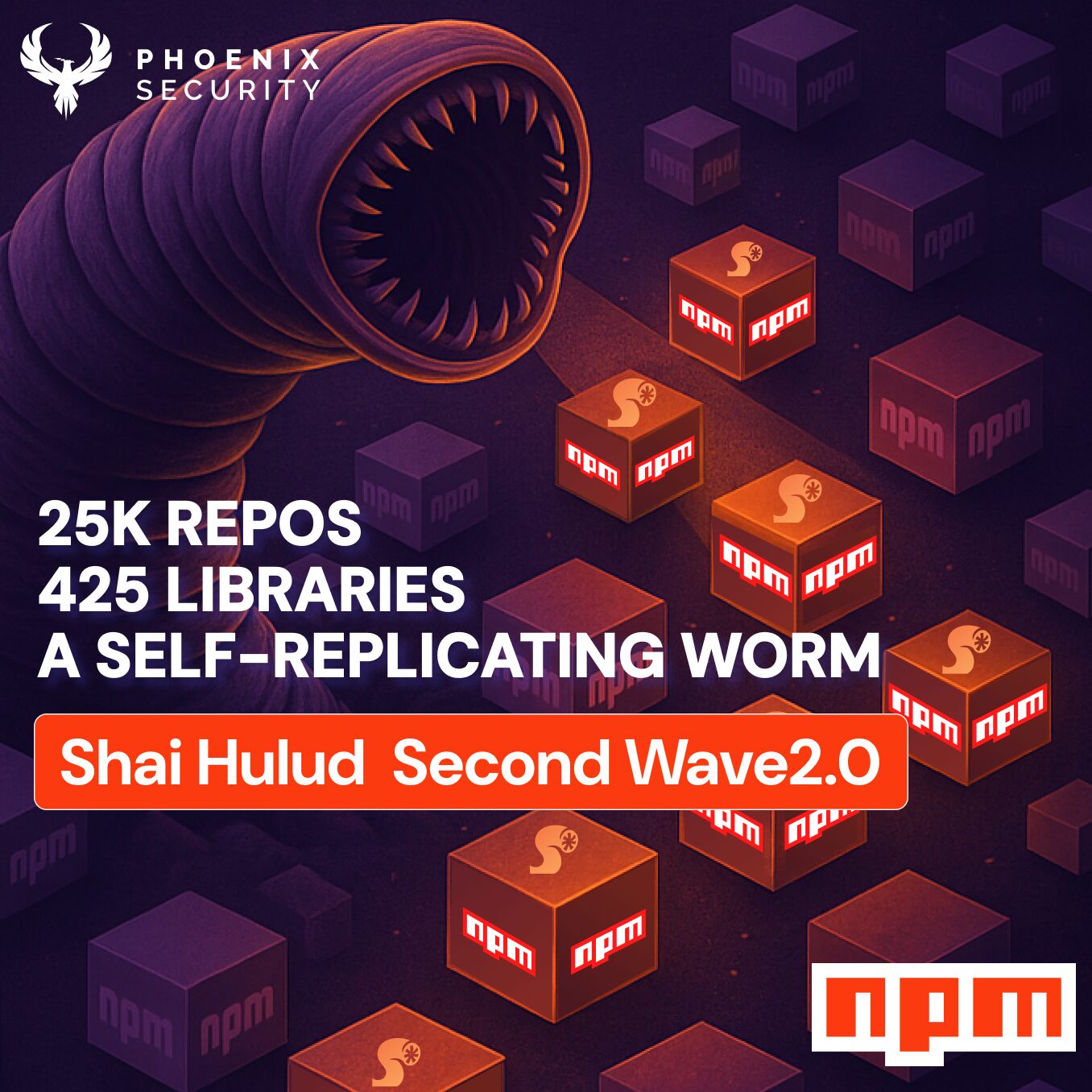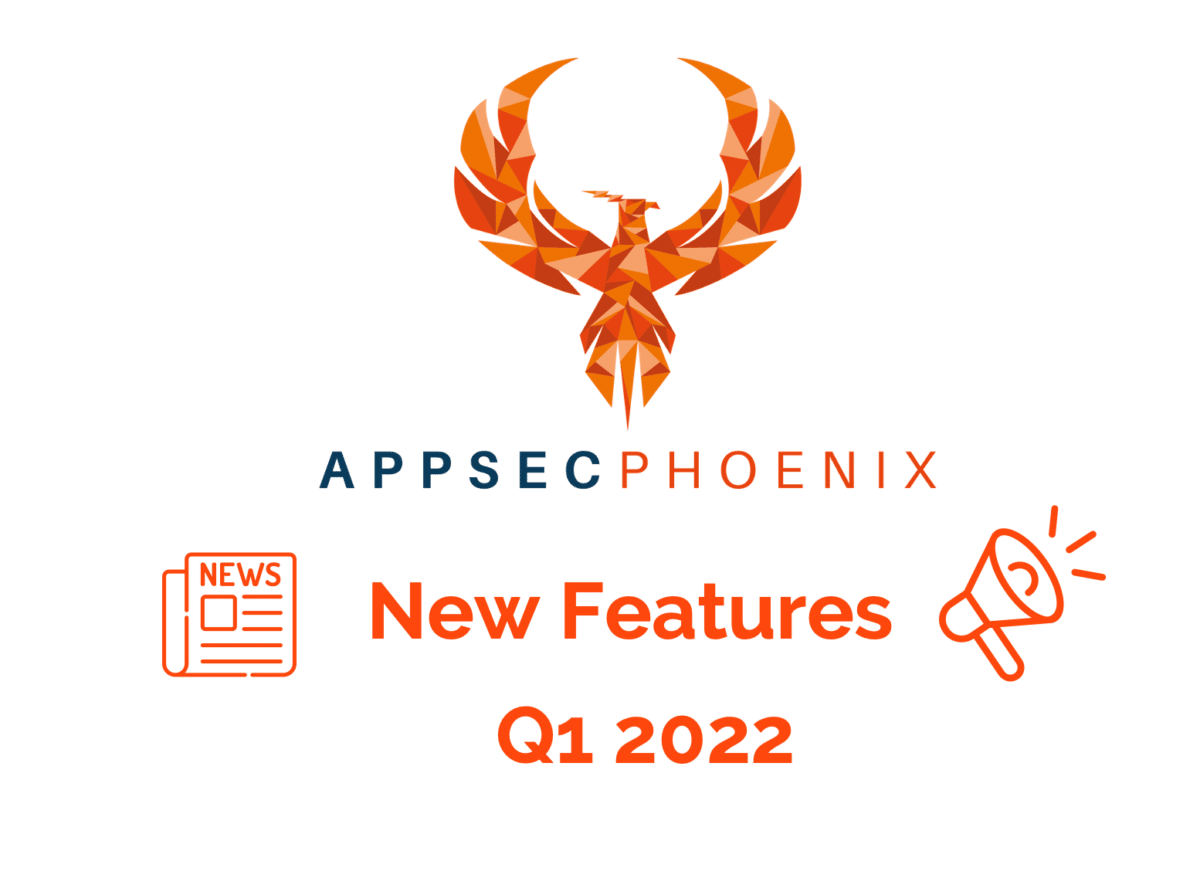
Beginning of the year, wars, a slowdown economy but that has not stopped us from getting you those amazing features
We have a new Mascotte (Diego the appsec cat)

Also, the team is working hard despite being in a tough spot (Ukraine war)

New Integrations:
- Integrate with SNYK Container
- Improve usage of Snyk data
- Capture and display Snyk’s long description
- Associate Snyk vulnerabilities with correct scan type
- Integrate with GitHub CodeQL scanner
- Import vulnerabilities in BurpSuite XML format
- Complete SonarCloud integration
- New Dome 9 extensions
 |
  |
  |
New Workflow
- Integrate with Azure DevOps
- Integrate with GitHub Issues
- Improved Comments, Security Context and other elements in Jira tickets
- Working on Slack, ServiceNow
New Features:
- OWASP Signup flow & New Free Licence
- Zero-day vulnerability alerts and matching
- Create screen Cloud Assets
- Create screen for Containers (Dockerfile, image)
- Enable Google OAuth flow (not used in Prod)
- Complete False Positive flow
- Complete Deployed Applications page
- Complete changes to Apps and Envs pages
- Updated permissions mechanism
- Update license mechanism
- Improvements to the Vulnerabilities list page
- Display license details in Org Settings
- Improve ASP Admin search
- Improve Org Settings screen
- Show Vuln Risk Elements as text in Summary
- Update Selection Engine rules for vuln selection
- Update Risk Formula
  0 Day Alerts with auto-identification of the vulnerable apps |
  Asset inventory table & SLA/MTTO/MTTR |
| Since you are here why not subscribe to our amazing mailing list?it takes just one click 🙂 |
| Did you know we have a book available on how to run application security programmes? get your free copy below |
| Get the Application Security Compendium here |

